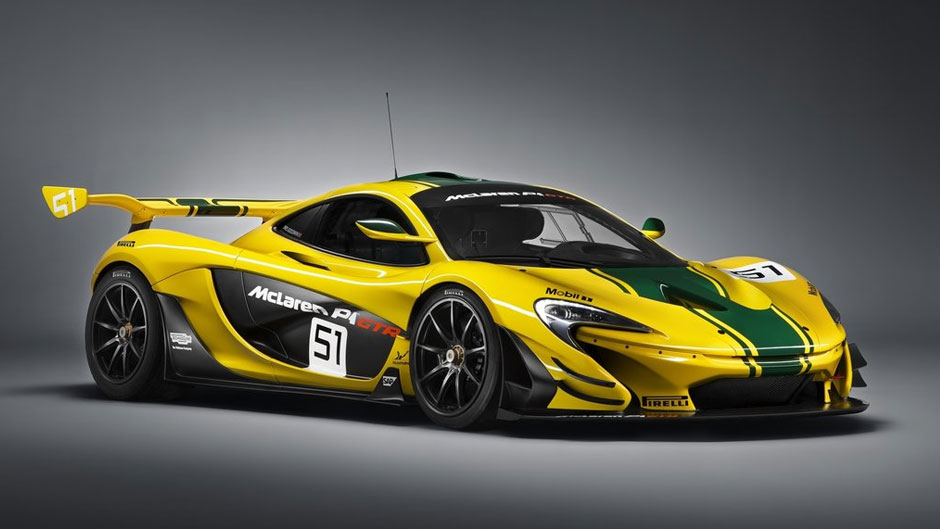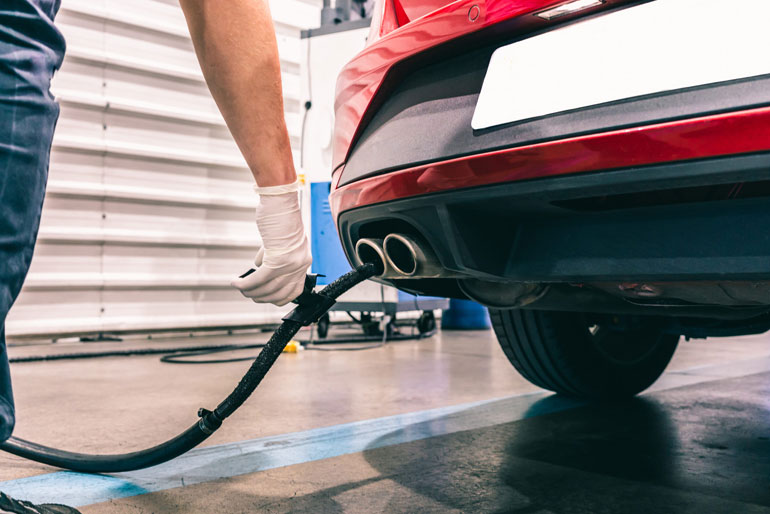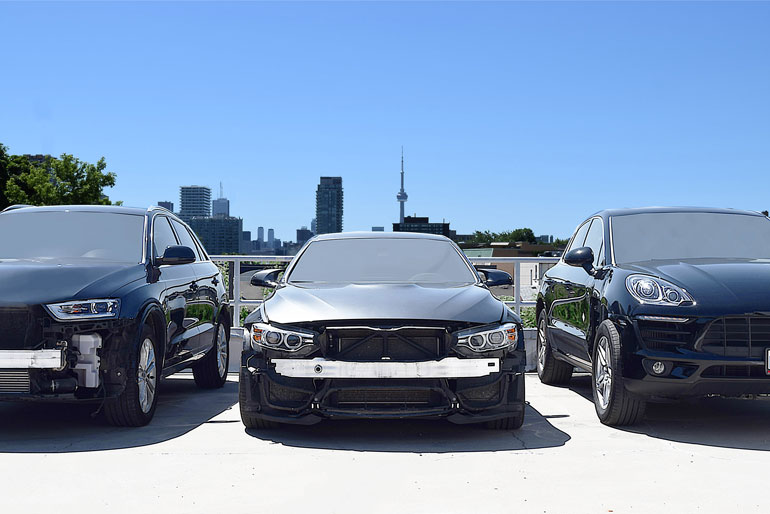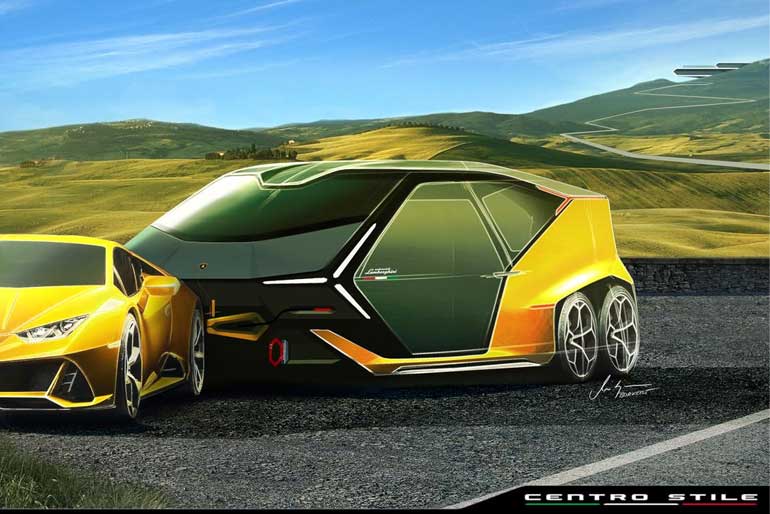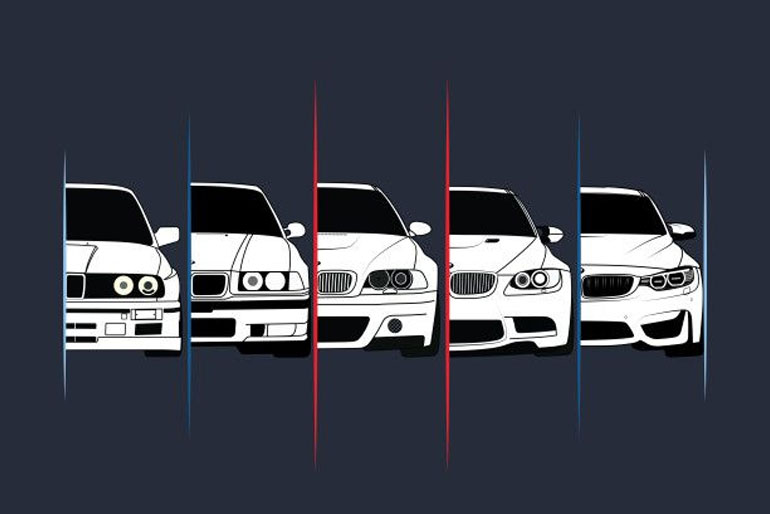BMW, a name synonymous with luxury, performance, and innovation, has a history that is as rich and dynamic as the vehicles it produces. What began as an aircraft engine manufacturer in the early 20th Century has evolved into one of the world’s most renowned luxury automobile brands. In this post, we’ll take a closer look at BMW’s fascinating journey, from its roots in aviation to becoming a symbol of automotive excellence.
The Birth of BMW: A Legacy in Aviation
Bayerische Motoren Werke AG, better known as BMW, was officially founded in 1916, but its origins date back a little earlier. Initially, BMW was a manufacturer of aircraft engines, a venture deeply connected to Germany’s need for robust aviation machinery during World War I. The company’s early success was driven by its powerful aircraft engines, which quickly gained a reputation for their reliability and efficiency.
The most iconic symbol of BMW’s aviation legacy is the logo, often mistaken as a stylised propeller. While the company’s circular emblem does draw inspiration from the spinning propellers of its early aircraft engines, it is also a nod to the blue and white colours of Bavaria, the region of Germany where BMW was founded.
Post-War Transition: From Planes to Motorcycles
After World War I, the Treaty of Versailles imposed restrictions on Germany’s production of aircraft, forcing BMW to shift its focus. In 1923, BMW entered the world of motorcycles, debuting with the BMW R32, a model that featured a horizontally opposed twin-cylinder engine – an engineering hallmark that would become a signature of BMW motorcycles for decades to come.
BMW’s motorcycles quickly earned a reputation for their engineering prowess, further solidifying the company’s position as a force to be reckoned with in the world of high-performance machinery.
Entering the Automobile Market
BMW’s venture into the automobile industry came in 1928 when it acquired the Fahrzeugfabrik Eisenach company, which was already producing small cars. The acquisition allowed BMW to begin manufacturing cars under its own brand, starting with the BMW 3/15, a small car based on the British Austin 7.
However, it wasn’t until the 1930s that BMW began producing vehicles that truly reflected its identity. The release of the BMW 328 Roadster in 1936 marked a turning point. The 328 was not only a commercial success but also dominated the racetrack, setting the stage for BMW’s future in motorsport and luxury automobiles.
Post-World War II Challenges
The devastation of World War II left BMW’s facilities in ruins, and the company faced immense challenges in rebuilding its operations. In the immediate post-war years, BMW turned to producing household appliances and even bicycles as it sought to regain its footing.
It wasn’t until the 1950s that BMW re-entered the automotive market, although the early years were marked by financial struggles. However, the introduction of the BMW 507 in 1956 and the BMW 700 in 1959 helped steer the company back on course, with the latter becoming a commercial hit that restored BMW’s financial stability.
The Rise of the Luxury Automobile Giant
The 1960s marked the beginning of BMW’s transformation into a luxury car manufacturer. The release of the BMW New Class series in 1962, with models such as the 1500 and 2000, played a pivotal role in establishing BMW as a premium brand. These vehicles combined sportiness with everyday usability, offering an unparalleled driving experience.
Throughout the 1970s and 1980s, BMW continued to refine its identity as a luxury performance brand. Iconic models such as the BMW 3 Series, 5 Series, and 7 Series solidified the company’s reputation for producing high-quality vehicles that blended sophisticated design with cutting-edge engineering.
A Modern Leader in Automotive Innovation
Today, BMW is known for its relentless pursuit of innovation, from pioneering electric mobility with the BMW i3 and i8 to introducing advanced driver assistance systems that push the boundaries of autonomous driving. The brand’s dedication to combining luxury with sustainability is evident in its efforts to reduce emissions and promote eco-friendly production practices.
BMW’s global appeal continues to grow, with a presence in nearly every country and a loyal customer base that appreciates the company’s unwavering commitment to performance, quality, and luxury. Whether it’s a sleek sedan, a powerful SUV, or a thrilling sports car, BMW vehicles represent the pinnacle of automotive engineering.
BMW’s Future: Driven by Innovation
As BMW looks to the future, the company remains focused on leading the way in automotive innovation. With a strong emphasis on electric vehicles, sustainability, and digitalisation, BMW is shaping the future of mobility while staying true to its heritage of luxury and performance.
For enthusiasts and owners, maintaining the performance and quality of their vehicles is paramount. If you’re looking for BM spare parts for sale, you can find a comprehensive selection from trusted suppliers, ensuring your vehicle remains in peak condition.
Final Thoughts
BMW’s journey from crafting aircraft engines to producing some of the world’s most desirable luxury automobiles is a testament to its ability to adapt, innovate, and lead. With a history spanning over a century, BMW continues to inspire drivers worldwide, blending its rich heritage with forward-thinking innovation to create vehicles that define the future of mobility.


